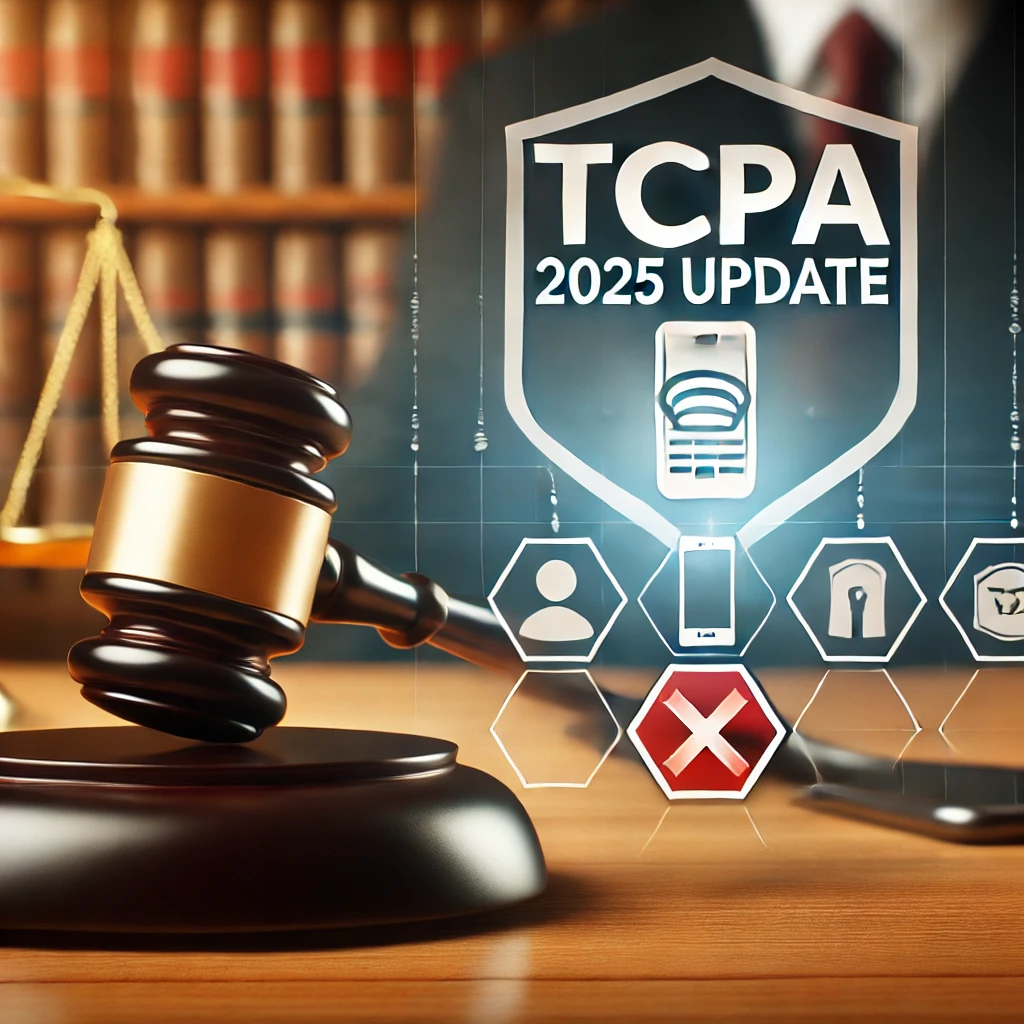
Pr Pitch Follow Up Email | The art of the PR follow-up
You did everything right: Drafted a pitch-perfect press release about something newsworthy, put together a well-researched media list where every contact covers your topic, and sent your press release in a personalized email with a compelling subject line. You’re refreshing your inbox every five minutes to see who’s replied and wants to know more.
Nothing. Nada. Crickets.
Now what?
First, relax a bit. Reporters are notoriously busy, so give them time to sift through the hundreds of emails and pitches they receive daily.
Remember, also: Because reporters receive so many emails every day, they don’t have the time to respond to every single one with a “thanks, but no thanks.” Don’t take it personally.
But how do you know they actually read your press release? Here’s how you can follow up without being an annoyance.
What to Do After You Hit “Send”
If three or four business days have passed and you haven’t heard from a reporter or blogger, send him or her a quick follow-up email. Most journalists I’ve talked to don’t mind a gentle reminder.
The secret here is to offer something new or exclusive in your follow-up that wasn’t in your original press release or pitch. If your press release was about a new product or service, your follow-up might include a customer testimonial or links to data or research supporting the need for your new product or service. If your press release was about an event, follow up with a link to online photos of the soiree. (Never send unsolicited attachments!)
Keep your follow-up short and no longer than a few sentences. Include the original press release or pitch below it, as a reference, or, even better, link to a version that’s on your website.
To Call or Not to Call
In my humble opinion, following up with a phone call is a wasted effort unless you know the reporter really well. (Exhibit A: This Twitter exchange.)
On the top of reporters’ pet peeves lists, time and time again, is the follow-up PR phone call, particularly the one where the person calling just wants “to make sure you received my press release.” I don’t blame them. Not only were they interrupted, but the caller wasn’t offering anything of value. Imagine getting them all the time. Pretty annoying, right?
If, despite this, you must pick up the phone, make the follow-up call about something new and exclusive that wasn’t in your email or press release, just like you would with your follow-up email described above. Be succinct and straightforward; assume the reporter is working on a deadline. Practice what you’re going to say beforehand in pr pitch follow-up email. And be prepared for the reporter to say, “Put it in an email.” (If you’re lucky enough to get that response, send that email as soon as possible!) pr pitches
I’ve Followed Up. What Now?
If you don’t get a response after one or two follow-up attempts, move on. Don’t be a stalker; it’s safe to assume the reporter isn’t interested. Again, don’t take it personally. Maybe he or she will bite next time.
You could do some more digging and try another contact at the organization. Make sure this new contact covers your topic, and be transparent about your original email to his or her colleague. No journalist wants to pitch a story to an editor only to find out someone else got the tip first.
If your press release or pitch received very little interest across the board despite your follow-up attempts, take a step back and look inward. Perhaps your press release isn’t really all that interesting to people outside your company or organization. Is there another angle you can take? Or can you piggyback your news onto something that is being covered in the press? Maybe it’s also time to polish up your relationship-building skills. There are lots of ways to get the attention of a reporter that has nothing to do with pitching, like introducing yourself to him or her at an event or commenting on their stories. Once they recognize your name, the more you’ll stand out in their inboxes the next time you email them.
You’ve done everything right – drafted a pitch-perfect press release about something newsworthy, put together a well-researched media list, and sent your personalized email with a compelling subject line. But what do you do when you don’t receive a response?
It’s important to remember that reporters receive hundreds of emails and pitches every day and can be very busy, so giving them a couple of days to sift through their inboxes is crucial. Don’t take it personally if you don’t receive a response immediately.
If three or four business days have passed and you still haven’t heard back, it’s time to send a follow-up email. The key to a successful follow-up is to offer something new or exclusive that wasn’t included in your original pitch or press release. Keep your follow-up brief, and make sure to include a reference to the original press release or even better, a link to a version on your website.
When it comes to follow-up calls, it’s best to avoid them unless you have a personal relationship with the reporter. Most reporters find follow-up PR calls to be one of their biggest pet peeves. However, if you must make a call, keep it brief and focused on something new and exclusive that wasn’t included in your email or press release.
If after one or two follow-up attempts, you still don’t receive a response, it’s safe to assume the reporter isn’t interested, and it’s time to move on. Try reaching out to another contact at the organization and being transparent about your previous email to their colleague.
If your press release didn’t receive much interest, despite your follow-up efforts, consider revisiting the angle of your pitch. Building relationships with reporters is also key to getting your message heard. Introduce yourself at events or comment on their stories to make your name stand out in their inbox the next time you send a pitch. When writing a media pitch, make sure your email subject line is eye-catching and relevant to your story, and always include a clear call to action. Don’t wait too long before sending a follow-up email, but at the same time, don’t send one too soon after the initial email. Strike the right balance between persistence and patience. If the reporter requests additional information, be sure to provide it promptly.
When it comes to PR and marketing, sending a pitch follow-up email can be a crucial step in securing media coverage for your story. The initial email you send should have a compelling subject line that catches the attention of the recipient and includes all relevant information about your story. However, after sending a media pitch, it’s common to not receive a response right away. A couple of days is a reasonable amount of time to wait before sending a follow-up email. The key is to offer something new or exclusive in your follow-up that wasn’t in your original press release or pitch. When crafting your follow-up email, be sure to include a clear call to action and any additional information that may be relevant.
If you’ve had success following up with the press, share a tip or two in the comments below!
Want more marketing tips and tactics? Sign up for the free VR Buzz.
© 2014 – 2018, Contributing Author. All rights reserved.




